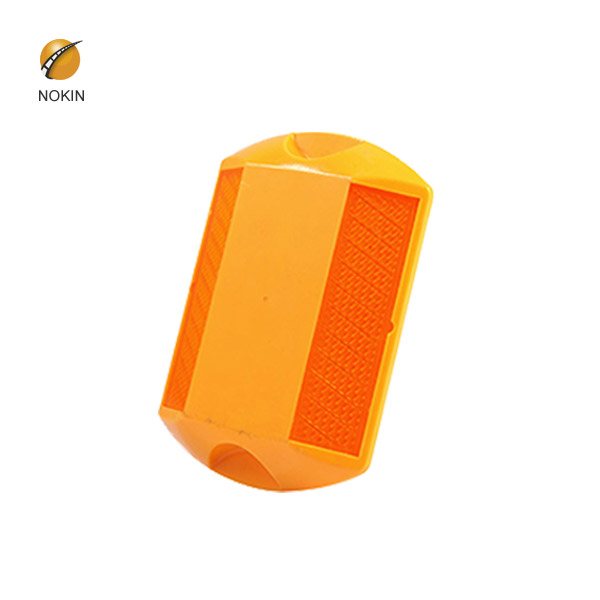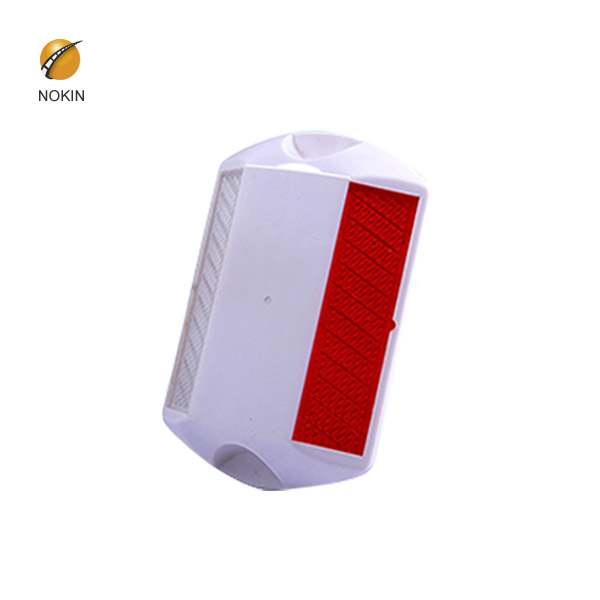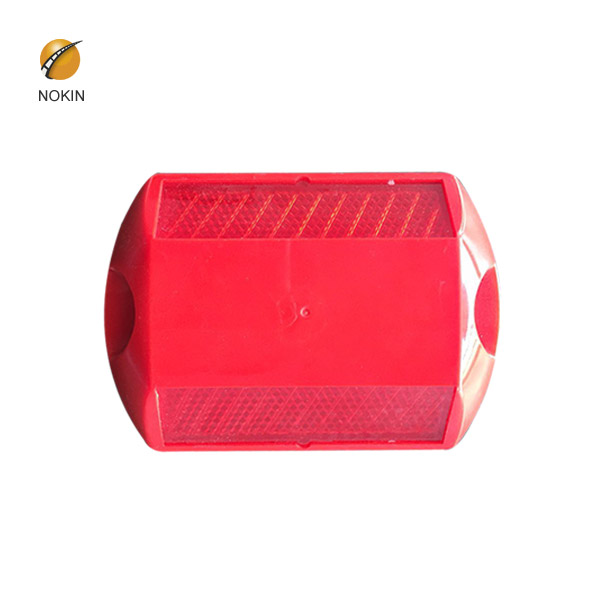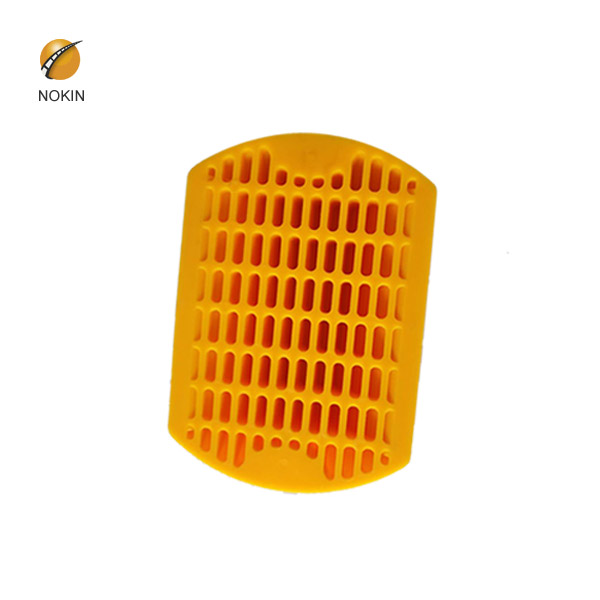



Reflective studs on motorway are safety devices used on roads. These devices are usually made of plastics, ceramics, thermoplastic coatings or occasionally metal, and come in a variety of shapes and colors. Reflective studs on motorway include lenses or reflective sheets, which enhance visibility by reflecting automobile headlights. Some other names for specific types of reflective studs include convex vibration lines, Botts' dots, contour lines, cat's eyes, road studs or road turtles. Sometimes they are simply referred to as "reflectors".
The specifications of Reflective studs on motorway:
| Body material | ABS |
| Size | 116*82*18mm |
| Lens Material | PMMA |
| Reflector type: | Double side/Single side |
| Color | Red, Yellow, Green, Blue, White |
| Packing | 50pcs/carton |
| Carton size | 38*36*23cm |
| Load capacity | 15Tons |

Warning Signs 2013 CHAPTER Traffic Signs Manual 4 Traffic Signs Manual Chapter 4 Warning Signs Department for Transport Department for Regional Development (Northern Ireland) Scottish Government Welsh Government
A cat’s eye is a retroreflective safety device used in road marking and was the first of a range of raised pavement markers.
Amber studs mark the central reservation of a dual carriageway or motorway. Green studs mark the edge of the main carriageway at lay-bys and slip roads. Green/yellow studs indicate temporary adjustments to lane layouts, e.g. where road works are taking place. Other countries have different types of reflective road studs.
Nov 30, 2017 · Joining / leaving the motorway When joining a motorway, you should always give priority to vehicles already on the motorway. Some slip roads eventually become the left-hand lane of the motorway. If this is the case, stay in your lane until you fully join. You should be made aware of your exit junction well before you need to leave the motorway.
‘At night the reflective studs in the road have a colour-coded pattern. The studs between the lanes are white. The ones along the right-hand edge are orange, the ones along the left-hand edge are red. When there is a slip road it is marked by green studs.’ Motorway driving may seem daunting, but your driving instructor should only take you
Motorway reflective studs. There are four kinds of studs: Green – slip roads. Green is GO, so to go somewhere off the motorway you would use the slip road. Red – hard shoulder. Red is an emergency colour. The hard shoulder is only used in an emergency. White – between lanes.
Aug 14, 2017 · The colour of the reflective studs on the motorway is a common question on the driving theory test. In this video Chris from The Driving Theory Workshop explains the colours and what they mean.
Motorway studs use specific colours depending on the placement. The stud colour signifies which part of you’re driving on. In order to eliminate confusion, the placement colours never change. The diagram below shows a typical motorway section, along with an exit ‘Slip Road’ with the corresponding reflective stud colours and placement.
Motorway rules test (with hints) Test yourself on your knowledge of motorway rules in the highway code with these 66 questions from the DVSA revision question bank on joining and exiting, lane choice, overhead signals, and Active Traffic Management.
Motorway slip road – joining a motorway. Motorways may be joined from a roundabout or a main A road. Joining the A road or roundabout to the motorway is the slip road. The slip road is used to adjust your speed to fit in with the traffic already on the motorway. It’s important that you do not impede the traffic on the motorway in any way as
Raised reflective markers, such as plastic, ceramic, metal ones, include a lens or sheeting that enhances their visibility by retroreflecting automotive headlights, while glass road studs gather automotive headlights with a dome shape and reflect the lights with a reflective layer within. Some other names for specific types of raised pavement
“stop” lines at road junctions controlled by either police or traffic lights. Reflecting road studs (often referred to as “cat’s eyes”) first came into use in 1934. By 1944, white lines were also being used to indicate traffic lanes and define the boundary of the main carriageway at entrances to side roads and lay-bys, and in
Temporary Reflective Road Studs. We offer a range of reflective roads studs suited to both permanent and temporary installations. We sell in all quantities from twos and threes right up to thousands of units, so even if you are a small home user, we will be happy to supply you.
Mar 28, 2017 · Red Reflective Studs. Colour of the reflective studs between the lanes on a motorway. Colour of reflective studs between a motorway and its slip road. Colour of reflective studs on the left of the carriageway. Traffic Lights Flashing Red Lights. Flashing Red Lights 1. Driving in Bad Weather Conditions. You’re driving on a wet motorway with
The sign is needed where it is not obvious to drivers that they are on a slip road- such as a former main road through a village joining a bypass, or the main carriageway of a motorway joining another motorway. For more details on where this sign can be used, refer to page 12 of the TSRGD Guidelines, Chapter 4.